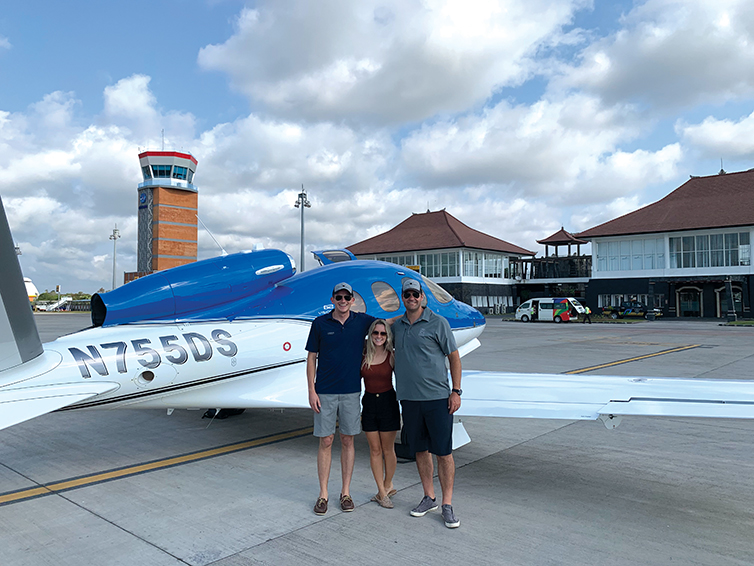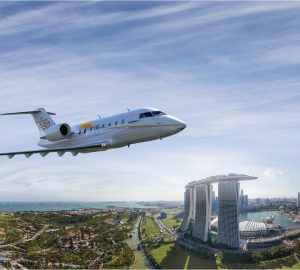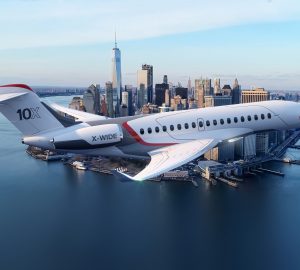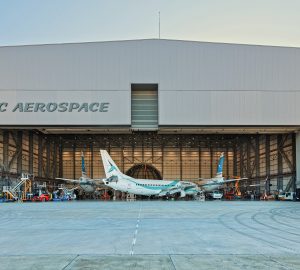In the air with Ferry Pilot Luke Lysen
Jet buyers who aren’t pilots will know the struggle it takes to get their brand new jet to home base but ferry pilots like Luke Lysen make deliveries a breeze
Jim Simon
If you are in the market to acquire a new private jet to be based in Singapore, you likely will take delivery from the manufacturer’s delivery centre, which in all probability would be continents away. For pilot-owners, flying one’s new jet halfway around the world to the jet’s new home would likely be an honour and a joy. Nevertheless, some owners are neither pilots nor time-rich. For this clientele, ferry pilots will deliver an aircraft from seller to buyer for a modest fee.
Luke Lysen, an experienced ferry pilot and president of The Flight Academy, recently ferried a brand-new Cirrus G2 Vision® Jet from the Cirrus Aircraft delivery centre in Tennessee to Australia. During a stopover in Singapore, I had the chance to sit in on a demonstration flight and to discuss the joys and challenges of being a ferry pilot.
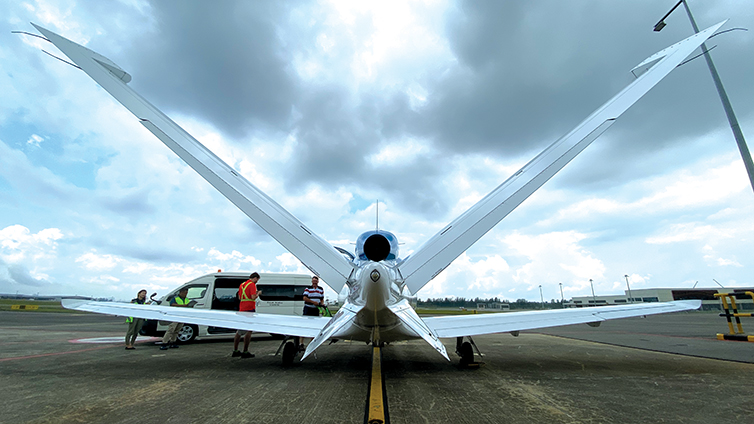
How did you become a ferry pilot?
I’ve always had a curiosity for travel. In 2005, I had a client who completed his instrument rating in Seattle in his Cirrus SR20. The client decided that he wanted his plane in Menorca, Spain for the summer so we planned the routing and I found an experienced ferry pilot named Chris Baker to assist. We took the client’s SR20 across the country to Boston where we met Chris and discussed the crossing with him. Our Atlantic routing included Canada, Greenland, Iceland, and onward to Europe.
There is no official ferry pilot certification, correct?
Correct, a ferry pilot endorsement does not exist. Ironically, insurance companies won’t insure you for oceanic flight until after you’ve flown over the ocean! One must fly as a co-pilot with an insured pilot-in-command or convince them that your other experiences qualify you for it.

How many ferry missions have you completed since 2005?
I’ve made 22 Atlantic crossings, eight of which were in the Vision Jet. Another crossing was in a (Piper) Malibu and the others were (Cirrus) SR20s and (SR)22s. I’ve also made four Pacific crossings, two of which were in SR22s and two in Vision Jets. I was the first one to pilot a Vision Jet around the world and to Australia. In total, I have been to six continents with the Vision Jet. Overall, my company has done around 70-80 crossings to Europe and 20-30 crossings over the Pacific.
With some ferry legs lasting hours, how do you stay alert?
Most ferry flights are solo. I listen for [unusual] sounds. I use long stretches to my advantage. I run checklists on a regular basis, such as pressurisation and fuel. Environmental factors are key. With more experience, you get more comfortable with various situations.
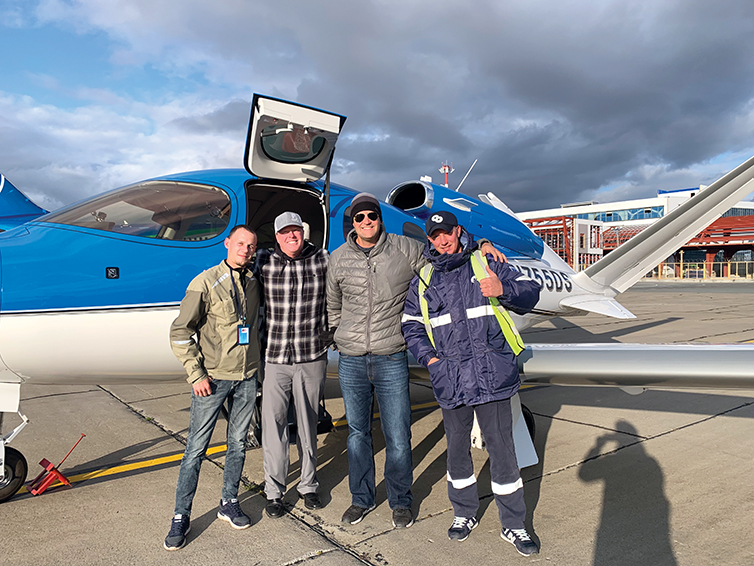
Do advances in technology make ferry flights safer today than in the past?
Ferry flying is safer today than it was 20 years ago due to glass cockpits. Planes are generally safer today with big plane technology now in small planes. Garmin inReach Explorer® shows your location within 30m and sends a ping out every minute. Survival gear is also getting better and more compact; almost every metric is easier than it was.
[But] that’s not to say that it’s not without challenges. There’s a lot more airspace now and you need letters of authorisation. You have to deal with visas and geopolitical stuff. Regulatory compliance is adding a level of sophistication.
How do you communicate when you are flying over remote areas like oceans?
When flying out-of-radar and VHF environments, I use a special HF radio with antenna. On the current ferry flight, the Cirrus Vision Jet has a satellite phone, plus I carry a hand one as a backup.
What are some other factors that you take under consideration?
You are flying almost every day with ferry flights, so you have to take in account fatigue. You also never want to push weather – people often get into trouble because of the weather. Prior to reaching Singapore on this ferry mission, I elected to spend three nights instead of one in Nome, Alaska due to Typhoon Hagibis.
While no two missions are identical, what is the approximate cost to ferry a plane between continents?
The aircraft’s capabilities dictate the route and the time needed to fly between the origin and destination. To give a general idea, the cost to ferry a jet aircraft from North America to Asia/Oceania is in the US$50,000 ballpark. In comparison, flying a piston aircraft to Europe is about US$15,000.
Lastly, ferry pilots often dress like airline pilots. Why is that?
Due to longstanding tradition, it is presumed that a professional pilot [always] wears a pilot’s uniform. It commands respect and makes clearing security much smoother, especially in places like the Middle East and Asia. Ironically, anyone can buy the uniform on Amazon for US$39.99!



